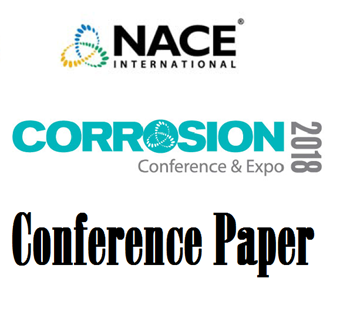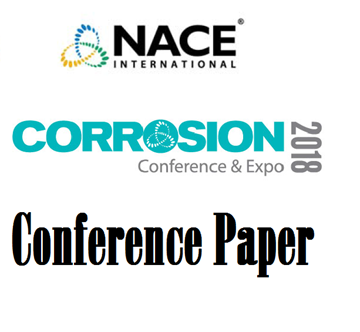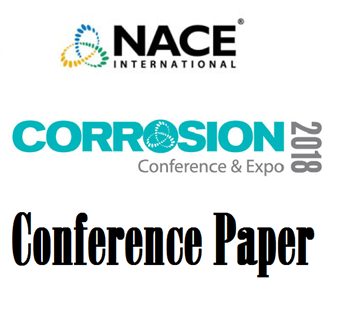Search
51318-10858-Experimental Setup to Study the Effect of Pulse Width Modulated Signal on ICCP System
Also Purchased
51318-10857-Corrosion Rate Study on Cathodically Protected and Unprotected Pipeline's by Manipulating Soil Conditions
Product Number:
51318-10857-SG
Publication Date:
2018
$20.00
51318-10850-Case Study: Corrosion Susceptibility of Pipelines in Trenchless Installations
Product Number:
51318-10850-SG
Publication Date:
2018
$20.00
51318-10655-Well Casing CP - Design Issues & Case History
Product Number:
51318-10655-SG
Publication Date:
2018
$20.00




